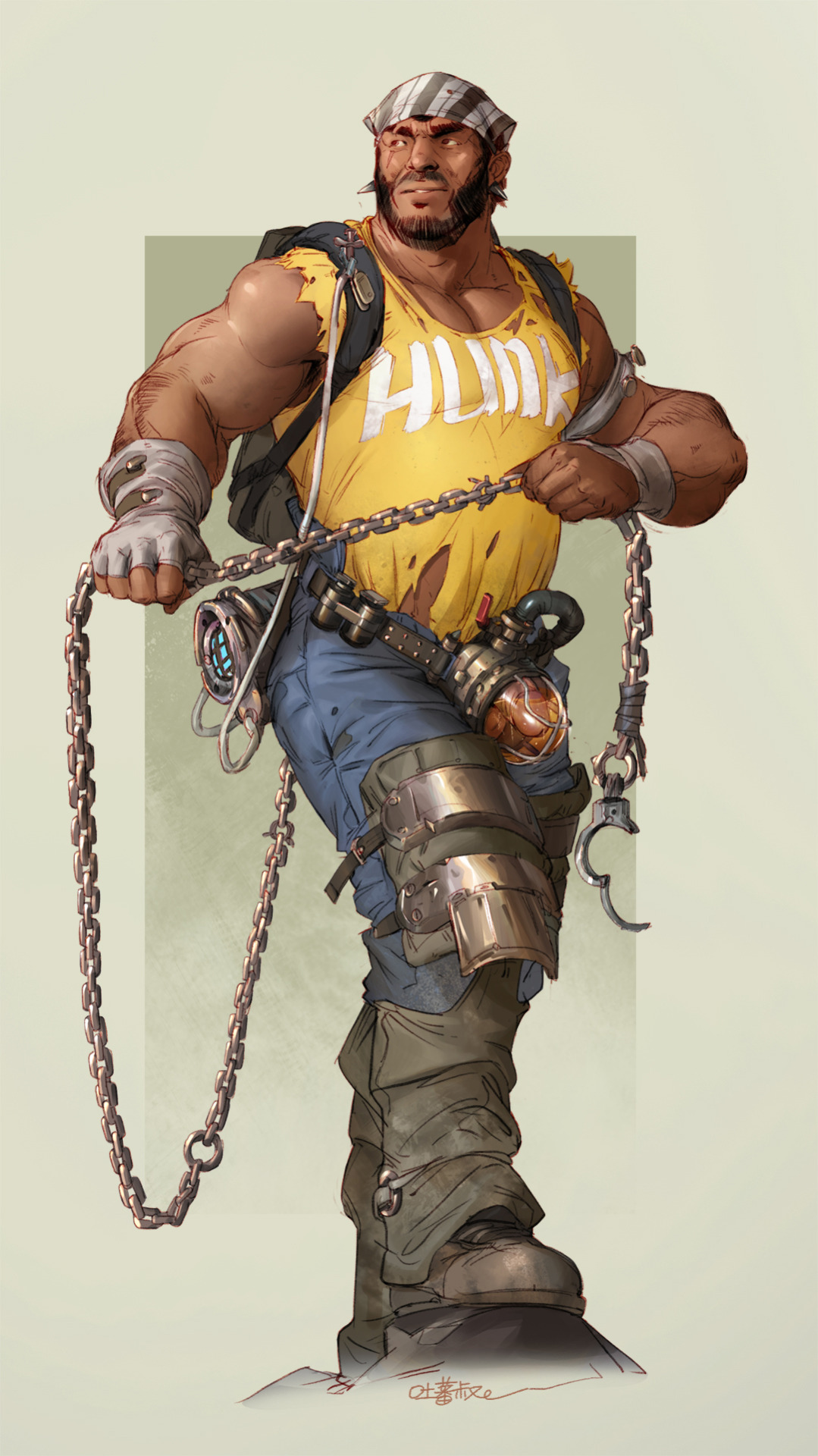Gengoroh Tagame The Contracts Of The Fall

Gengoroh Tagame is one of the stars of manga. His stories are among the best in this genre and until recently have only been published in Japanese. Bruno Gmunder is pleased to publish his best mangas in English for audiences around the globe. The contract they forge to keep his business afloat, soon proves to be the beginning of his downfall. In the words of Rihanna, 'B--- Better Have My Money.' The Contracts of the Fall includes short stories 'Pochi,' 'Lover Boy,' and 'Die Fliegende Hollander (The Flying Dutchman).'
Contents • • • • • • Career [ ] Born into a family descended from, Tagame began his career as a manga artist in 1982 while studying at (多摩美術大学). On a trip to Europe, he discovered the American hardcore S&M gay magazine featuring drawings by, who made a strong impression on his art. Didakticheskie igri po bezopasnosti vo vtoroj mladshej gruppe 2. He began publishing erotica under the Gengoroh Tagame in 1986, and since 1994 he has lived off the profits of his art and writings. Tagame's works have been published in several Japanese gay magazines, including Sabu, and SM-Z.

His works contain 'virile males, or youths, and their apprenticeship of physical and mental submission'. Notable works include Jujitsu Kyoshi at B Product; Emono, Shirogane no Hana (3 vol.) and Pride (3 vol.) at G-Project. Pride focuses on a masculine who is discovered by his even more masculine professor to harbor masochistic tendencies, and trains him to be submissive through harsh domination.
Sql financial accounting crack. Naburi mono, ('Laughing stock') serialised in G-Men in 1994, is about a yakuza strongman who falls in love with a wrestler he has been ordered to kidnap, ending with their ritualistic suicide together. Tagame is additionally noted as an archivist of gay Japanese erotica, and has edited a two volume series about the history of gay erotic art in Japan from the 1950s to the present, 日本のゲイ・エロティック・アート ( Nihon no gei, erotikku āto, Gay Erotic Art in Japan). In the mid-2010s, Tagame began creating all-ages manga in addition to his erotic works. His first all-ages work was Otouto no Otto ( 弟の夫, ), serialized in 's Monthly Action magazine in Japan and published in English.
The series received universal acclaim, and has been awarded excellence awards at the 19th in 2015, and the in 2018. In March 2018, Monthly Action began serialization of Bokura No Shikisai ( 僕らの色彩, Our Colors), Tagame's second all-ages manga. Influence [ ] Tagame has been called the most influential creator of gay manga in Japan to date, and 'the most talented and most famous author of sado-masochistic gay manga'. His depiction of men as muscular and hairy has been cited as a catalyst for a shift in fashion amongst gay men in 1995, away from the clean-shaven and slender stereotypes and towards a tendency for masculinity and chubbiness. Tagame's work has been criticised by gay manga writer Susumu Hirosegawa as 'SM gekijō' (S&M theater) for its violence and lack of complex storylines. Translations [ ] His manga Gunji (軍次) was translated into in 2005, followed by Arena in 2006 and Goku in 2009. An artbook of his works has also been published in France.